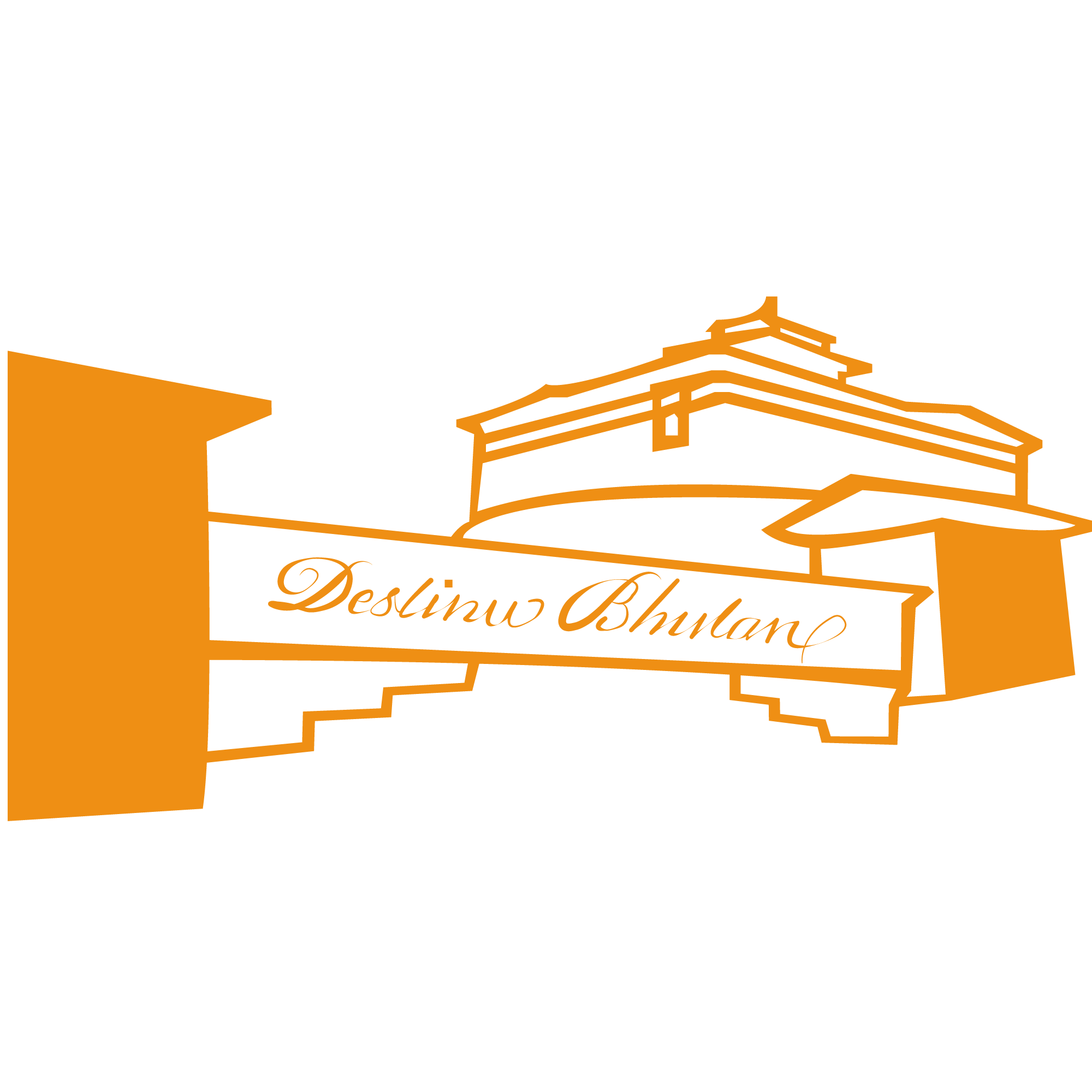Unique
Culture and Religion
Unique cultural heritage
Bhutan
Bhutan’s traditional culture is alive in its performing arts, such as dance and music which are an integral part of religious ceremonies. In addition, secular performances, such as dance, songs, traditional instrumental music, drama based on biographies of religious personalities hold a special place in the lives of the people as they play an important role in national, village, or domestic functions and festivals. Bhutan’s textile tradition has, in recent years, gone international. The distinct technique, color and style of indigenous Bhutanese weaving is being increasingly appreciated by textile specialists, collectors and users. The state religion of Bhutan is the Drukpa sect Kagyupa, a branch of Mahayana Buddhism. Ever since its introduction in the eighth century, Buddhism has shaped the nation’s history and played a vital part in the life of its people. Throughout Bhutan, from the most densely populated valleys to the most remote mountain way stops, religious monuments and symbols bear witness to a deep and respected faith. One comes across prayer wheels, prayer flags and the sacred mantra Om Mani Padme Hung carved on slabs of stone and rocky hillsides.
Chortens (stupas) housing sacred relics dot the landscape, Monasteries and temples some dating back to as early as the eighth century, are the focal point of each village

